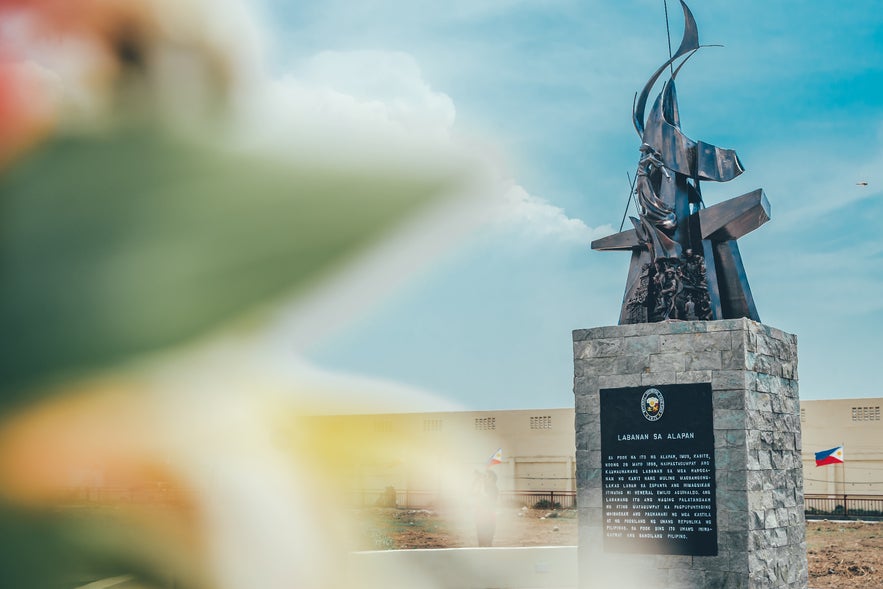
Imus, a dynamic city in Cavite Province in the CALABARZON region, offers a refreshing blend of history and modernity just south of Metro Manila. Known as the "Flag Capital of the Philippines," it played a key role in the country’s fight for independence, making it a must-visit for history buffs exploring the roots of Filipino nationalism.
Walking through the city, visitors will find heritage markers and ancestral houses that echo the story of the 1898 Battle of Alapan, where the Philippine flag was first unfurled. The Imus Cathedral, a Baroque-style church dating back to the 19th century, is also a prominent landmark that highlights the city’s deep-rooted Catholic heritage.
Beyond its historical appeal, Imus City also serves as a gateway to Cavite Province’s culinary and local crafts scene. For families and laid-back travelers, parks and open spaces like the Imus Heritage Park provide a quiet escape from the urban rush.
Perfect for a day trip near Manila City or a cultural stopover, Imus City also pairs well with nearby destinations like Tagaytay City, known for its cool climate and views of Taal Volcano, or Las Piñas City, home to the famed Bamboo Organ.









